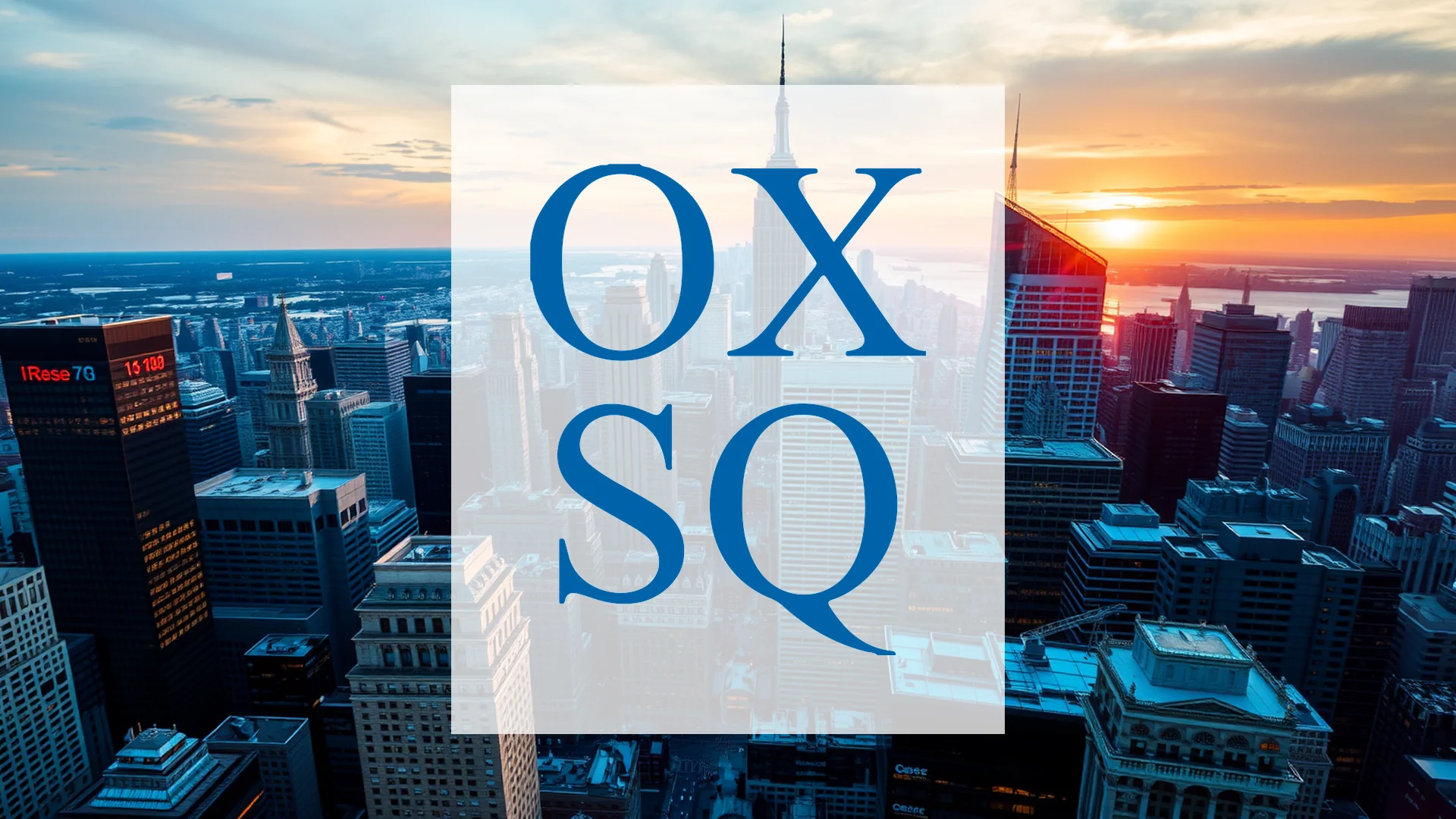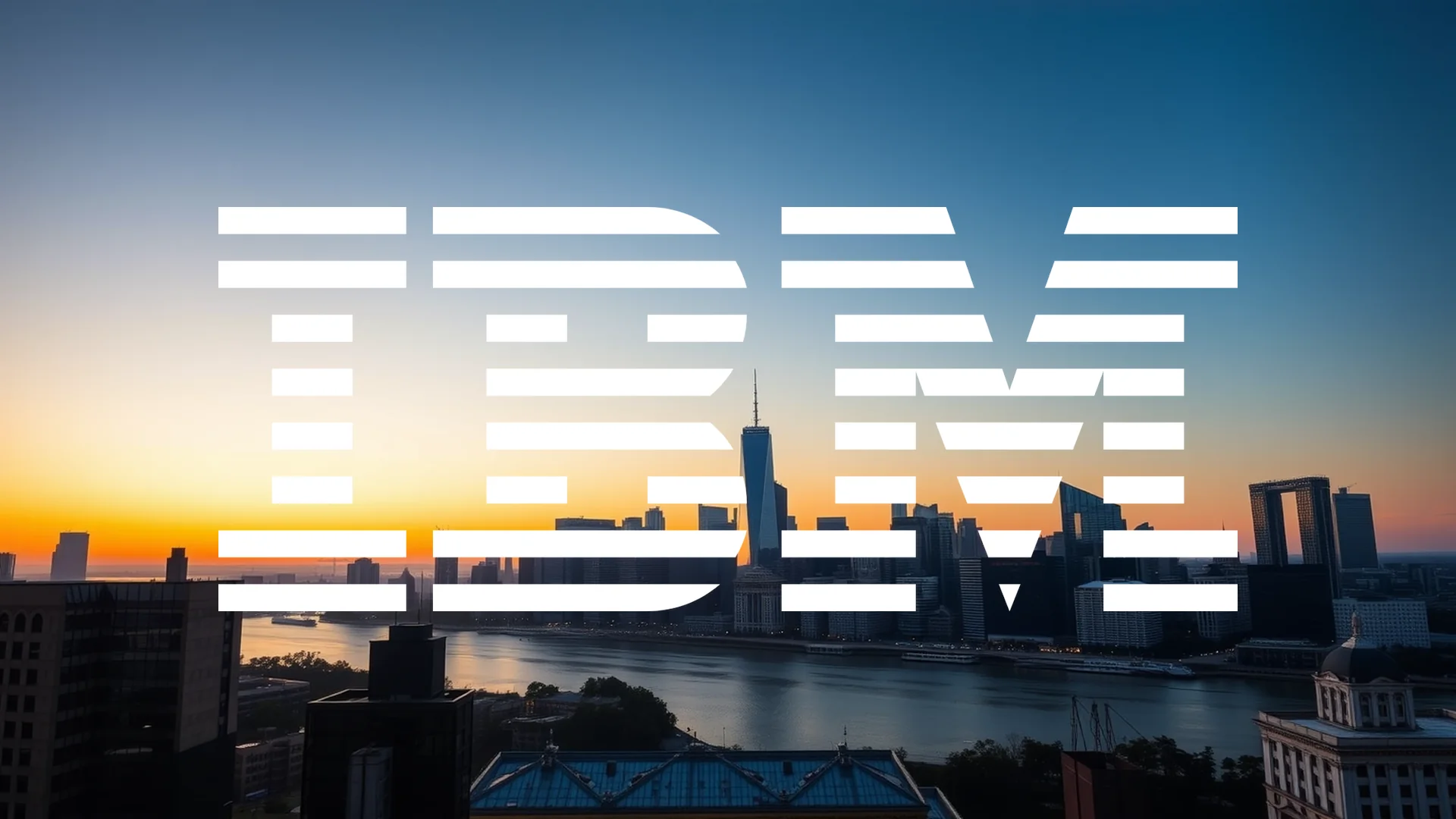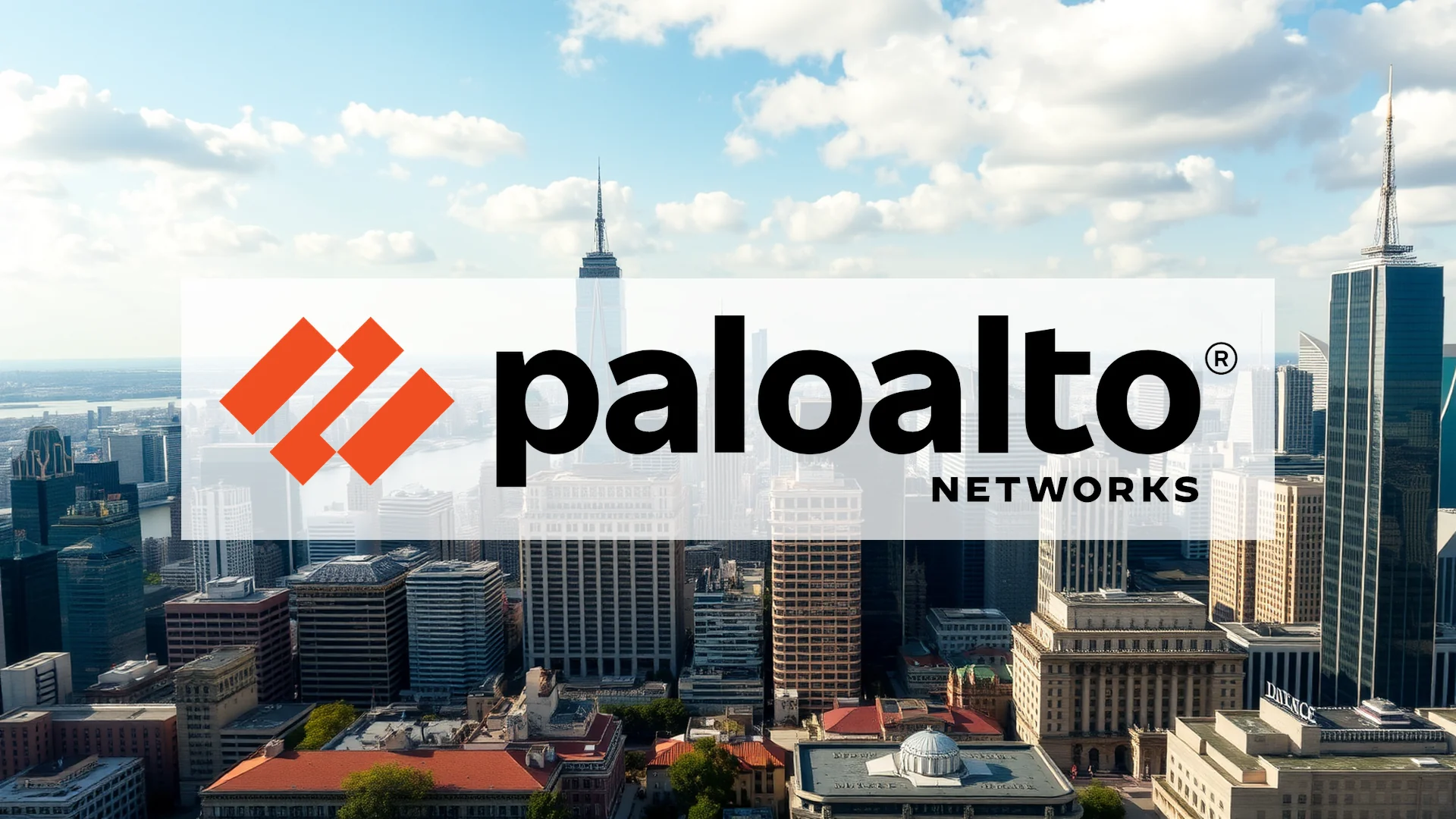For income-focused investors, Oxford Square Capital presents a compelling yet contradictory picture. The company offers a staggering dividend yield exceeding 22%, a figure that typically signals robust returns. However, this attractive income proposition stands in stark contrast to the security’s severe price depreciation, creating a fundamental disconnect that warrants careful examination.
Financial Foundations Show Cracks
Recent quarterly results for the second quarter of 2025 reveal underlying weaknesses. The net asset value per share was reported at just $2.06, a value substantially higher than the current trading price of approximately €1.58. More alarmingly, the company’s core earnings power appears insufficient to support its distribution policy. With net investment income of only $0.08 per share, Oxford Square Capital fails to cover its monthly dividend payment of $0.035 per share, creating a concerning sustainability gap.
Capital Management Strategy Under Scrutiny
The company’s recent financial maneuvers have drawn attention for their potential long-term consequences. In August, Oxford Square Capital secured $65 million through a bond issuance carrying a 7.75% interest rate—a costly form of financing in the current elevated interest rate environment. Simultaneously, the company diluted existing shareholders by issuing nearly 5 million new shares through an at-the-market (ATM) program. These capital-raising activities suggest a company struggling to maintain its high distribution rate while facing financial headwinds.
Should investors sell immediately? Or is it worth buying Oxford Square Capital?
Upcoming Distributions Highlight the Paradox
Investors are anticipating two separate payments scheduled for October 31. The company will distribute $0.035 per common share alongside a $0.4521 payment for its 7.75% notes. While the monthly dividend policy appears consistent on the surface, the underlying financial metrics tell a different story. The fundamental discrepancy between shareholder distributions and actual corporate performance becomes increasingly difficult to ignore.
The critical question for investors remains: Can a business that distributes more than it earns while simultaneously taking on expensive debt truly represent a sound investment? The share price performance, which has declined over 40% within a single year, appears to offer a clear response to this fundamental inquiry. The combination of eroding market value, uncovered dividends, and dilutive financing creates a scenario where the remarkably high yield may signal substantial risk rather than exceptional opportunity.
Ad
Oxford Square Capital Stock: Buy or Sell?! New Oxford Square Capital Analysis from October 15 delivers the answer:
The latest Oxford Square Capital figures speak for themselves: Urgent action needed for Oxford Square Capital investors. Is it worth buying or should you sell? Find out what to do now in the current free analysis from October 15.
Oxford Square Capital: Buy or sell? Read more here...











